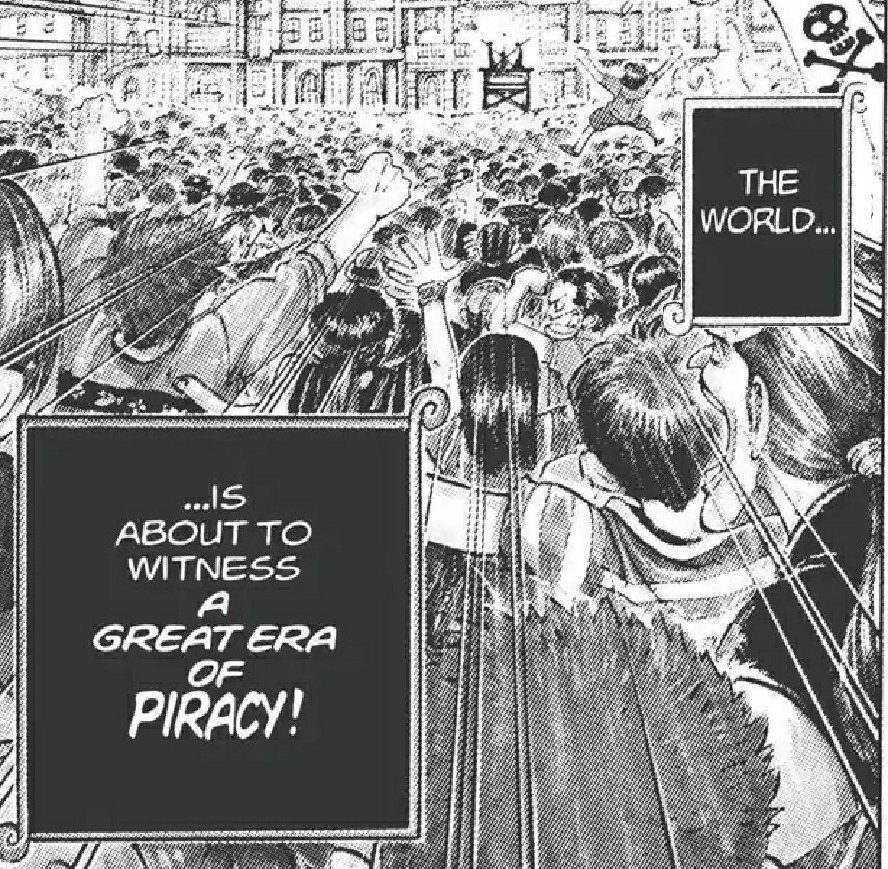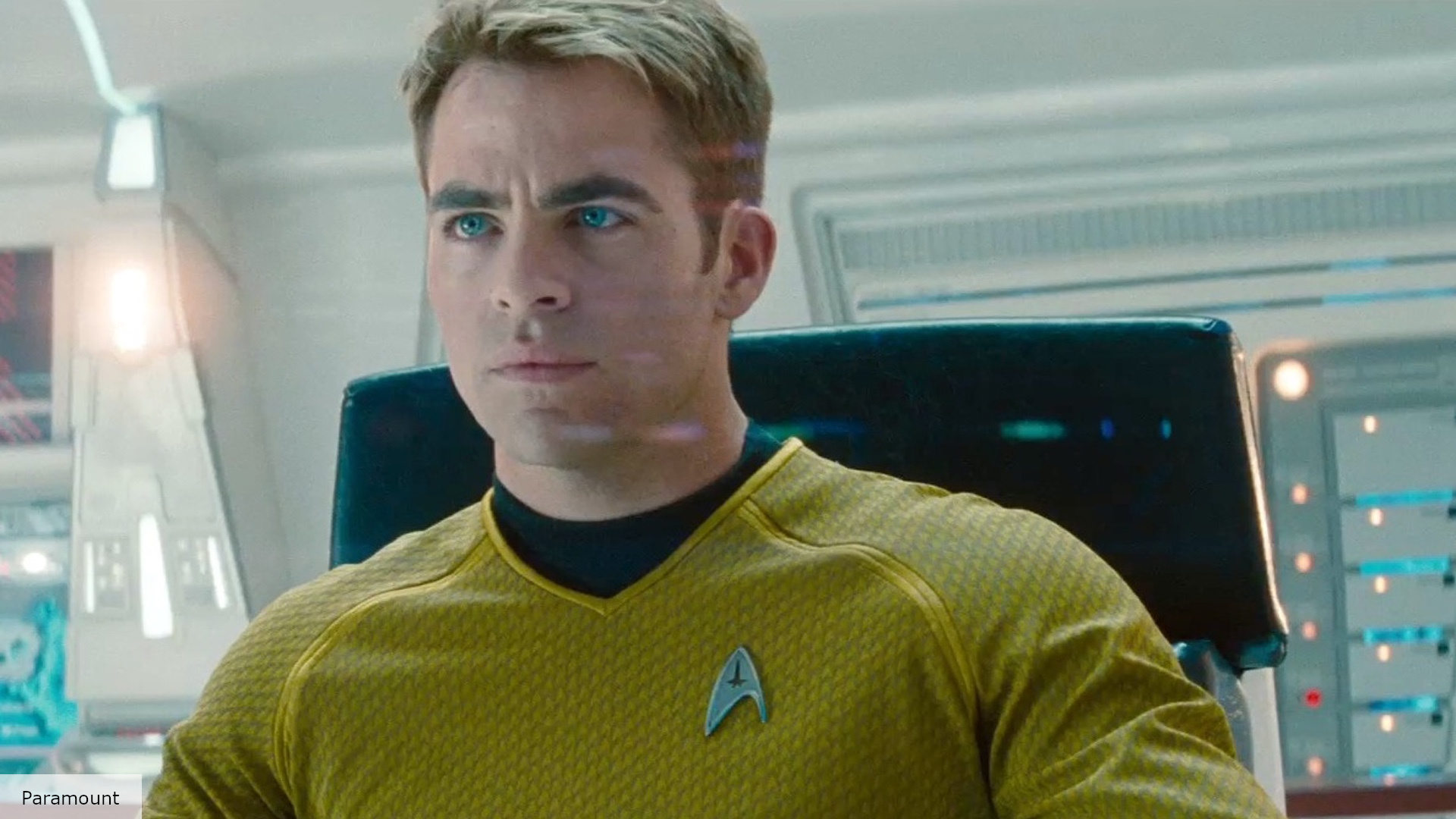“It feels like a monster. Like it wants to hurt me.”
You need a damn good reason to make a found-footage movie. The once-novel gimmick has only been done right a few times (in The Blair Witch Project, Paranormal Activity, and arguably Chronicle and The Visit), but Hollywood keeps going back to that well, diminishing returns be damned. There’s nothing that can be done that can’t be done to death, which is how we get films like The Gallows, Quarantine, or The Devil’s Pass, the latter of which would be ten times better if it weren’t done in this style.
What makes found footage work? I think the answer is simple: immersion. It needs to be experienced in a theater to achieve maximum efficacy, which makes these kinds of films profoundly unsuited to home viewing (ironic, because my DVD copy of Paranormal has a pull-quote from Harry Knowles calling it “One of the scariest at-home viewing experiences ever!” But that’s Harry Knowles, who loves everything and is also a total fucking creep, as it turns out, so take it with a grain of salt). That’s not to say that watching Paranormal Activity at home robs it of its potency – the film is, at times, quite scary. But outside of a theater experience, the downtime in the film hinges on boring when it should be world-building.
Oren Peli’s film gets off to a good start, to be sure. There’s a title card – gimmicky, but in a good way – wherein the producers thank “the families of Micah Sloat and Katie Featherston” and the San Diego Police Department. It adds a nice degree of verisimilitude to the film, because Micah Sloat and Katie Featherston are played by Micah Sloat and Katie Featherston (Sloat also operates the camera for a lot of the film, which Peli establishes through shots of mirrors, another touch I appreciated). This makes Paranormal better than most found-footage films at blurring the line between truth and fiction. These kinds of films don’t work if we’re consciously aware that we’re watching actors (an occasional downfall of Cloverfield, a film I like, but isn’t good enough to convince me that Lizzy Caplan or T.J. Miller are in mortal danger).
Another success of Paranormal Activity is that it starts in the middle of the action, which actually affords Micah a good reason for buying a camera and incessantly filming himself and Katie – to “capture paranormal phenomena,” he explains. The film also eschews opening credits or any titles, dumping the viewer right into the experience along with Micah and Katie. We’re as confused as they are, and it works to the film’s benefit.
Paranormal is a slow burn, which is another aspect of this film that I think plays better in a darkened theater. For a film with a reputation for being terrifying, there’s a long wait before anything happens. Peli withholds satisfaction, though – the first evidence we see of any spooky goings-on is Katie’s keys somehow making their way from the kitchen counter to the floor.
Not much of Paranormal Activity sounds scary on the page. Peli excels in simplistic staging, never more so than in his instantly iconic shot of Katie and Micah’s bedroom, their bed offset by an always-opening door. The door is Paranormal‘s best image, an unassuming portal in what should be a safe space, through which anything could emerge (at one point, Micah lays down powder to see if anyone or anything enters the room while they sleep; upon awaking, they find footsteps leading in but not out).
One of the great successes of Paranormal Activity is in its refusal to put a name to whatever entity is haunting Katie and Micah’s house – until it does. The idea of a ghost is quickly dismissed, and it’s decided that the entity is a demon, although that’s about as far as the film goes into its mythology (I assume it’s more deeply explored in the subsequent five films in this franchise). It turns out that it’s not the house that’s haunted, it’s Katie (which makes it funny that Peli became a producer on Insidious, which has an almost identical plot). That’s a tantalizing idea, one which the film refuses to explore as it becomes more focused on the deterioration of Micah and Katie’s relationship.
It’s not hard to understand; Micah is one of the most notorious douchebags in recent cinema, and to his credit Sloat doesn’t shy away from looking like a dick. Katie accuses Micah of not taking the haunting seriously, which he kind of doesn’t, and it serves to infantilize Katie. Until things go really sideways, he mostly treats it as a lark, playing spooky music reminiscent of the Exorcist theme song when a psychic visits; later he promises not to buy a Ouiji board, only to borrow one in a funny, if telegraphed, twist.
The thing that makes it work is that the film knows Micah is a dick, but it doesn’t take pains to make Katie into a saint. Micah is certainly annoying, but Katie knew she was haunted, and brought that presence into Micah’s house, without ever telling him. These scenes drag when they should enervate the film with real emotional stakes – part of what makes The Babadook so essential is Essie Davis’s performance as a mother shell-shocked by grief who can’t stop herself from growing to hate her son.
Since Paranormal Activity is uninterested in delving into its loosely-defined mythology, the whole film basically builds to a punchline, like flash fiction. Throughout the film, Katie sleepwalks, eventually just standing next to the bed watching Micah, as if in thrall to whatever is trying to possess her (one of the frustrating parts of the film is that it forces you to extrapolate its rules and logic). One night she refuses to leave. Like the rest of the film, it’s a slow burn to the point at which Micah is yanked out of bed by an unseen force, then hurled against the camera. It would have been a great closing shot, but Peli ends on a close-up of a feral Katie staring into the camera, which over-explains things. A title card helpfully tells us that Micah is dead (despite the fact that the character appears in Paranormal Activity 2 and Paranormal Activity: The Marked Ones) and Katie’s whereabouts are unknown. I contend that Micah being pulled to a grisly death, followed by the title card, would have been a better, creepier ending. But it’s emblematic of the film as a whole, occasionally very effective but unsure when to go big or small.
10/1: Dawn of the Dead
10/2: Drag Me to Hell
10/3: Pet Sematary
10/4: The Descent
10/5: Repo! The Genetic Opera
10/6: Desierto
10/7: The Blair Witch Project
10/8: Blair Witch
10/9: The Texas Chainsaw Massacre
10/10: A Nightmare on Elm Street (2010)
10/11: Prince of Darkness
10/12: 30 Days of Night
10/13: Friday the 13th (2009)
10/14: Slither
10/15: Tremors
10/16: Pandorum
10/17: It Follows
10/18: A Girl Walks Home Alone at Night
10/19: Poltergeist
10/20: Paranormal Activity
10/21: Creepshow
10/22: VHS
10/23: Nosferatu the Vampyre
10/24: An American Werewolf in London
10/25: The Witch
10/26: The Rocky Horror Picture Show
10/27: Cronos
10/28: The Hills Have Eyes
10/29: The Hills Have Eyes (2006)
10/30: Tucker and Dale vs. Evil
10/31: Halloween (2007)






